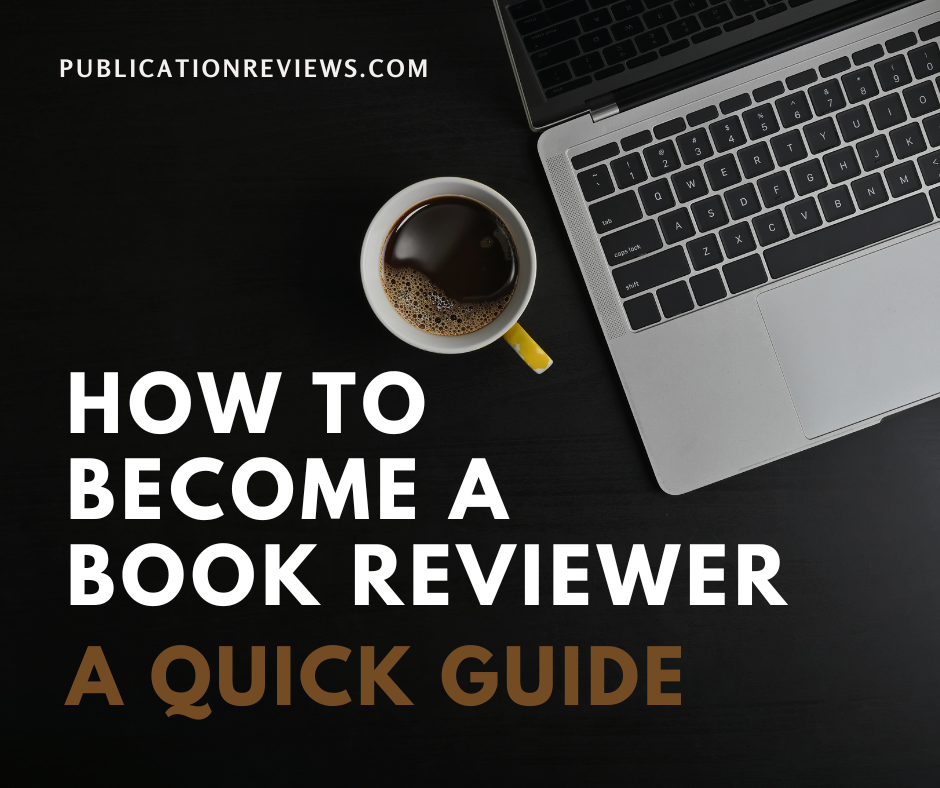Are you looking to write an expository nonfiction book? Crafting an engaging and informative text that readers can’t turn away from can be tricky, but with the right tips, you’ll have a beautiful work of art in no time. This guide reveals five tips to help you create a compelling expository nonfiction book!
Start with a clear Idea and Structure.
Before you begin to write your nonfiction expository book, you must clearly understand what the book is about and how it will be structured. By deciding on this at the beginning, you can break the overall topic into more manageable sections, allowing you to organize the content and plan out an effective structure easily. This will give readers a clear path when reading through your book and enable them to understand your message more efficiently.
Keep your language simple and direct.
When writing your book, keeping the language as straightforward as possible is essential. Avoid using overly complicated jargon or terminology that is difficult to understand. Instead, opt for plain, the easy-to-understand language your readers can easily follow and grasp. This will ensure readers are captivated by what you say instead of feeling overwhelmed and confused.
Make sure you convey your message.
As a nonfiction author, it’s essential to ensure your book’s messages are clear and concise. Whether you’re giving advice, exploring a concept, or offering perspective on a current event, ensure readers understand your main point. It should be evident from the first page what your book is about and what topics you want to communicate. Make sure you use concrete examples and clear language to illustrate your message so that readers get the most out of your writing.
Vary the structure for exciting pacing.
To keep your book feeling fresh and exciting, it’s essential to vary the structure of your chapters. This works by using transitions and providing clear organization between each section–for example, you might introduce a subsection with an introductory paragraph to state what the readers should expect. Short stories, anecdotes, and quotes also help maintain interest and clarity!
Use reliable sources for factual accuracy.
If you’re writing nonfiction, you must ensure your facts are reliable. Make sure to back up any of your claims with evidence–this could be through extensive research or interviews conducted with experts in the field. Additionally, double-check pieces of data regularly as new information often arises due to scientific breakthroughs, etc. Ultimately, reliable sources help ensure your reader’s trust in your content.


